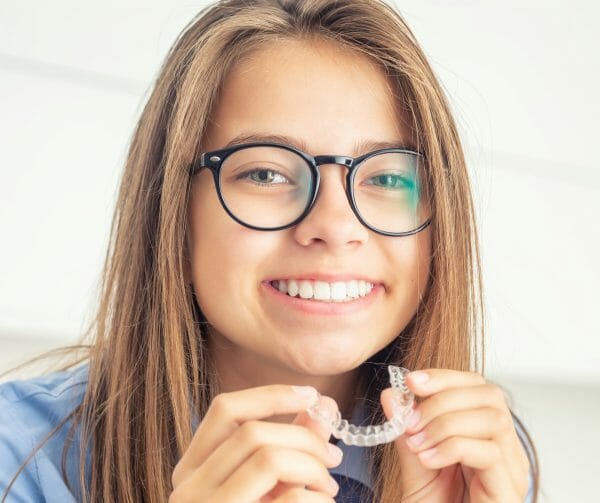Proclined and Retroclined Teeth: Causes and Orthodontic Treatments
At Burke & Redford Orthodontists, our mission is to provide top-notch orthodontic care for children and teenagers. Dr. Ryan Redford and Dr. Michael Burke are highly referred to orthodontists in the Inland Empire.
This article will explore the causes of proclined and retroclined teeth in detail, helping parents understand these conditions and the best treatment options available to address these problems.
Proclined and retroclined teeth are common orthodontic conditions where the teeth are angled abnormally within the dental arch. Proclined teeth lean forward and outward toward the lips, often affecting the upper front teeth, while retroclined teeth tilt backward towards the tongue. Both presentations can negatively affect the smile.
Both conditions can arise from various factors, including genetics, habits, and jaw discrepancies, impacting not only the esthetics of a smile but also oral health and function.
At Burke & Redford Orthodontists, we offer comprehensive treatment options to correct these misalignments, ensuring your child or teenager achieves a healthy, confident smile.
What are Proclined and Retroclined Teeth?
Proclined Teeth
– Teeth that angle forward towards the lips.
– Often involve the upper front teeth (incisors) in overbites.

Retroclined Teeth
– Teeth that angle backward towards the tongue.
– Commonly seen in the lower front teeth (incisors) in underbites.
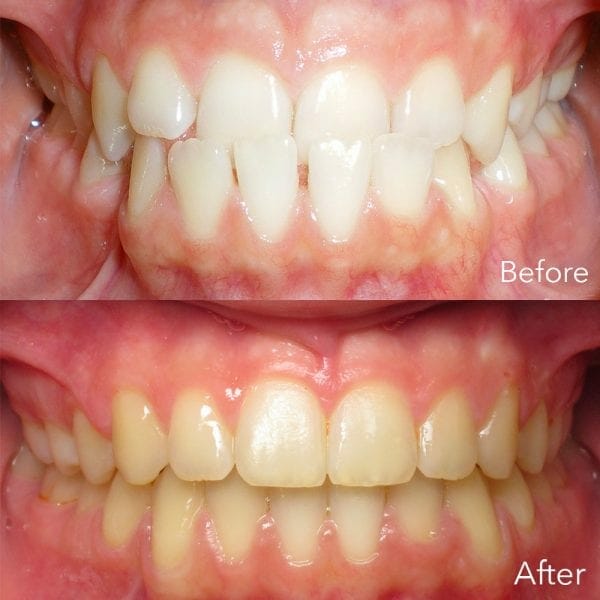
Causes of Proclined and Retroclined Teeth
Genetic Factors
– Inherited jaw size and tooth positioning from parents.
– Family history of dental misalignments.
Habits
– Thumb Sucking: Prolonged thumb sucking can push the upper front teeth forward, causing proclination.

– Tongue Thrusting: When the tongue presses against the teeth during swallowing, it can lead to proclined teeth.
– Mouth Breathing: Chronic mouth breathing can affect jaw development and tooth positioning.
Dental Development Issues
– Early Loss of Baby Teeth: Losing primary teeth too early can lead to misalignment of the permanent teeth, causing either proclination or retroclination.
– Delayed Eruption of Permanent Teeth: Delayed eruption can cause spacing issues and misalignment.
Jaw Size Discrepancies
– Disproportionate Jaw Growth: Differences in the size or position of the upper and lower jaws can result in proclined or retroclined teeth.
– Skeletal Malocclusions: Conditions like overbite and underbite impact the angle of the teeth and front teeth often compensate for the mismatched jaw position.
Impact on Oral Health
Functional Implications
– Chewing Difficulties: Proclined and retroclined teeth can make biting and chewing food challenging.
– Speech Issues: Misalignment may cause speech problems, impacting pronunciation and clarity.
– Tooth Wear: Abnormal angles can lead to uneven wear and tear on teeth.
Esthetic Concerns
– Appearance: Proclined teeth often lead to a “buck tooth” appearance, while retroclined teeth can give a recessed look.
– Self-Esteem: These conditions can affect a child or teenager’s confidence and willingness to smile.
Oral Hygiene Challenges
– Cleaning: Misaligned teeth are harder to clean effectively, increasing the risk of plaque buildup and cavities.
– Gum Disease: Poor oral hygiene due to misalignment can lead to gum disease and other dental issues.
Diagnosis and Evaluation
Orthodontic Examination
– Comprehensive examination of the teeth, jaw, and bite by our experienced orthodontists.
– Assessment of tooth angles and alignment.
Imaging Techniques
– X-rays: Detailed images of tooth positioning to identify proclination or retroclination.
– CBCT Scans: Three-dimensional scans provide a comprehensive view of the dental structures.

Early Detection
– Crucial for effective treatment planning.
– Helps in preventing severe orthodontic issues in the future.
– Early treatment of excessively proclined upper front teeth can help to prevent trauma in active children.
Orthodontic Treatment Options
Self-Ligating Braces
Ceramic Self-Ligating Braces
– Material: Made from clear or tooth-colored materials, offering a discreet appearance.
– Advantages: Effective and less noticeable; suitable for children and teenagers concerned about esthetics.
– Care: Requires regular brushing and flossing; avoid foods that can stain the brackets.
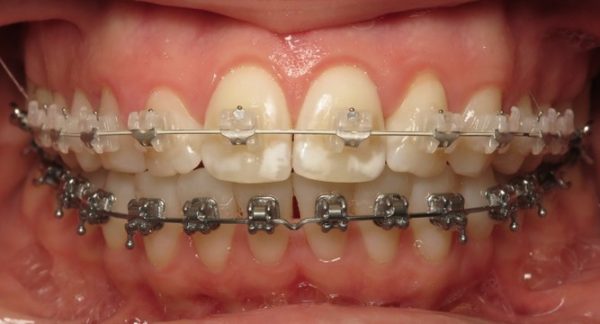
– Proclined teeth
– Retroclined teeth
– Crowding
– Spacing issues
Metal Self-Ligating Braces
– Material: High-grade stainless steel known for durability.
– Advantages: Strong and effective, especially for severe misalignments.
– Care: Maintain diligent oral hygiene to prevent plaque buildup.

Malocclusions Treated
– Severe proclination
– Severe retroclination
– Complex misalignments
Damon Self-Ligating Braces
– Material: Available in both metal and clear options.
– Care: Like other braces; avoid hard and sticky foods.
Malocclusions Treated
– Moderate to severe proclination
– Moderate to severe retroclination

Invisalign
Invisalign for Teens
– Material: Clear, BPA-free plastic aligners.
– Advantages: Virtually invisible; removable for eating and cleaning, making it easier to maintain oral hygiene.
– Care: Aligners must be worn 20-22 hours a day and cleaned regularly.
Malocclusions Treated
– Mild to moderate proclination
– Mild to moderate retroclination
– Spacing issues
Invisalign Clear Aligners for Teens
Invisalign for Adults
– Material: Custom-made clear aligners.
– Advantages: Discreet and comfortable treatment option.
– Care: Similar care requirements as for teens.

Malocclusions Treated
– Proclined teeth
– Retroclined teeth
– Dental overbites and underbites
Orthodontic Appliances Used in Conjunction with Braces
Lower Lingual Holding Arch
– Purpose: Maintains space in the lower arch to prevent shifting of teeth.
– Malocclusions Treated: Space maintenance, prevention of lower arch crowding.
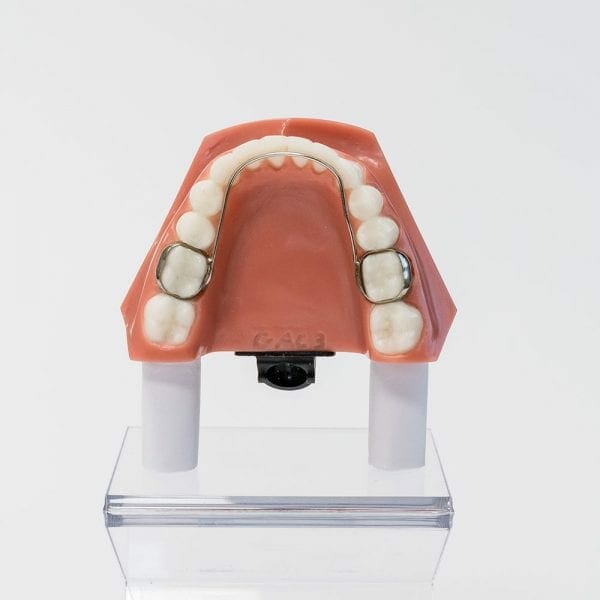
Nance Arch
– Purpose: Holds space in the upper arch to avoid molar drift.
– Malocclusions Treated: Upper arch alignment, space maintenance.

Banded Expander
– Purpose: Widens the upper jaw to correct crossbites and create space.
– Malocclusions Treated: Crossbite, crowding, upper jaw constriction.

Bonded Expander
– Purpose: Like banded expander but bonded to the teeth for stability.
– Malocclusions Treated: Severe crossbite, arch width discrepancies.

Quad-Helix Appliance
– Purpose: Gradually expands the upper arch to correct posterior crossbites.
– Malocclusions Treated: Crossbite, crowding.
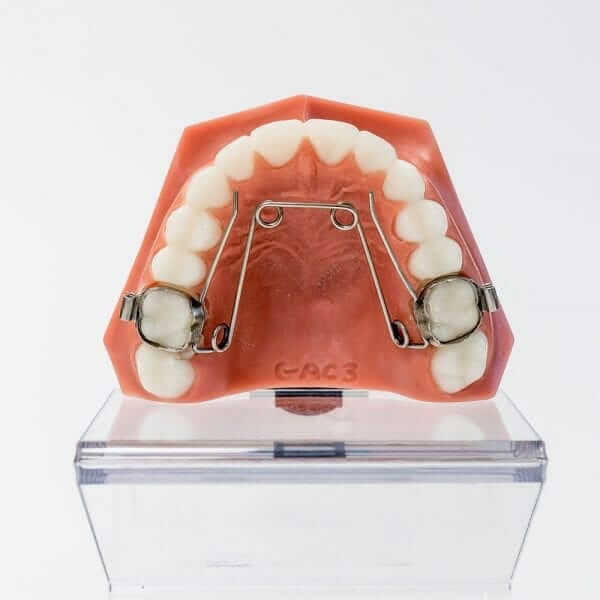
Pendulum Appliance
– Purpose: Moves molars backward to create space and correct Class II malocclusions.
– Malocclusions Treated: Class II malocclusion, crowding.

Herbst Appliance
– Purpose: Advances the lower jaw to correct jaw discrepancies.
– Malocclusions Treated: Class II malocclusion, mandibular retrusion.

Carriere Distalizer
– Purpose: Moves upper and lower side teeth to correct overbites, often used as pre-treatment before braces or Invisalign.
– Malocclusions Treated: Class II malocclusion, overbite.

Habit Appliance
– Purpose: Helps stop harmful oral habits like thumb sucking.
– Malocclusions Treated: Open bite, protrusion caused by thumb sucking.
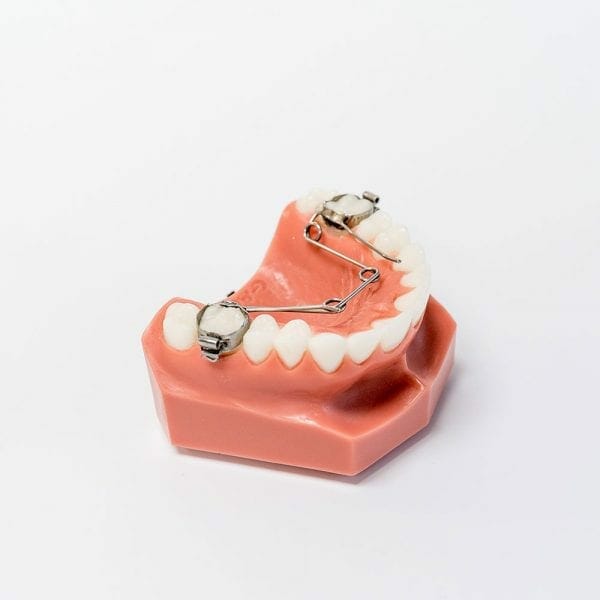
Reverse Pull Headgear
– Purpose: Corrects underbites by pulling the upper jaw forward.
– Malocclusions Treated: Class III malocclusion, maxillary deficiency.
Treatments for Optimal Results
Combining self-ligating braces with specific orthodontic appliances allows for a tailored approach to treating proclined and retroclined teeth and other malocclusions. For example:
– Using a Banded Expander with Damon Braces: Ideal for children with narrow upper jaws and severe crowding.
– Combining Herbst Appliance with Ceramic Braces: Effective for teenagers needing both severe overbite correction and esthetic appeal.
– Integrating Carriere Distalizer with Invisalign: Suitable for teens or adults requiring pre-alignment bite correction before clear aligner treatment.

Interceptive Orthodontics for Children
Early evaluation by Dr. Ryan Redford at Burke & Redford Orthodontists can identify potential issues before they become severe. This proactive approach:
– Helps with timely intervention.
– Reduces the complexity of future treatments.
– Ensures better outcomes for children and teenagers.
At Burke & Redford Orthodontists, we provide comprehensive orthodontic care for your child. Understanding the causes and treatments for proclined and retroclined teeth is crucial for achieving a balanced and beautiful smile.
If you have concerns about your child’s teeth, you may request a consultation with Dr. Ryan Redford by calling (951) 699-8011 Monday through Thursday or fill out the form on our website anytime. Our experienced team in Temecula and Lake Elsinore, California, is here to help your child smile confidently.
